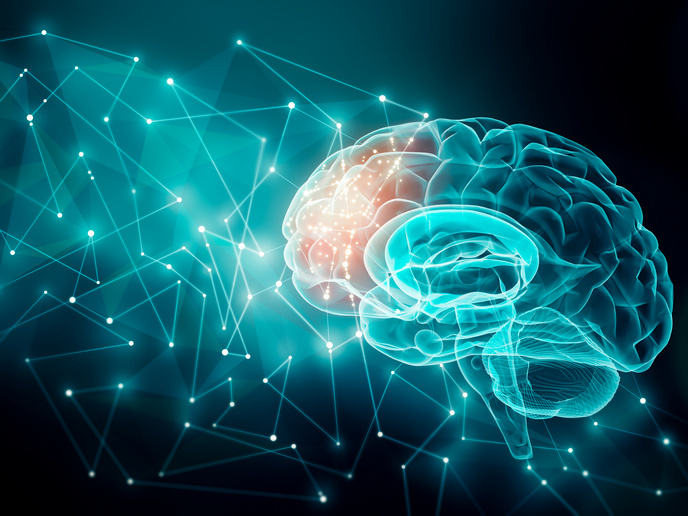Decoding the mind with the help of AI
Brain internal models(opens in new window) are cognitive representations created by the brain to predict and interpret the external world. They are used to anticipate the consequences of our actions, understand the environment and guide our decision-making processes. These models are continuously updated and refined based on new sensory input and feedback from the environment alongside past experiences and acquired knowledge. For example, when a person reaches out to grab an object, their brain uses an internal model to generate predictions of the expected sensory feedback that would result from that action, depending on the object’s weight, texture and their own grasp forces. When they actually grab the object, their brain compares the actual sensory feedback with the predictions generated by the internal model and updates the model for future actions.
Understanding the brain’s internal representations
Funded by the European Research Council, the COGTOM project focused on revealing humans’ rich internal representations that underlie our adaptive behaviour. “Internal representations are assumed to be integral to how our minds work, but they are not directly observable, which poses a significant challenge for cognitive science,” explains research fellow Máté Lengyel. Although easily observed in an experimental setting, behaviour depends on the mind’s internal representations in ways which are often complex and indirect. The goal of COGTOM(opens in new window) was to advance our understanding of how the mind constructs internal models for perception, making decisions, controlling movements and interacting with others.
Modelling the cognitive abilities of the brain
The researcher employed machine learning (ML), the dominant approach in AI, which is based on algorithms that can learn from ‘experience’ with data. Advanced machine learning tools can be applied to analyse large data sets collected routinely in current neuroscience and cognitive science experiments. In addition, in COGTOM, machine learning also provided a theoretical framework for mathematically formalising how humans learn from experience and make decisions. Bayesian models(opens in new window) were tested for their applicability to human behavioural data to explain how the brain processes and integrates sensory information to make optimal decisions. Bayesian models assume that the brain integrates prior knowledge or expectations with incoming sensory data. Then, using a series of behavioural observations, project researchers reconstructed a detailed internal model related to the changes in humans’ superior cognitive abilities over time. The researchers applied this approach to various experimental data sets related to perceptual learning and visual and motor structure learning. They also undertook in-depth analyses of eye movements, recognising their critical role in enhancing the precision and richness with which internal models can be derived from behavioural data. COGTOM unveiled the process by which humans segment their continuous stream of experiences into distinct contexts(opens in new window). This segmentation greatly influences how individuals create, update and express memories that are context-dependent. COGTOM findings related to humans’ exceptional ability to continually learn and integrate new information may also help overcome current barriers in AI.
Added value of AI in research
“The significance of AI (ML) in my research goes far beyond mere added value; it plays an indispensable role. Without the techniques and theoretical frameworks provided by ML, COGTOM research would not have been possible at all,” emphasises Lengyel. “In general, Mathematics offers the most effective means to render scientific theories testable and refutable and to ensure conceptual coherence. Specifically, to address cognition and perception, ML provides the appropriate mathematical language for incorporating essential concepts and frameworks. Moreover, ML techniques are also required to rigorously compare the predictions of these theories against data.”







